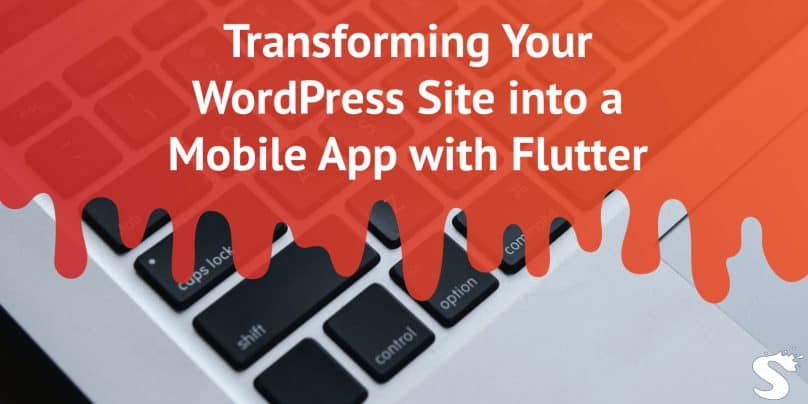In today’s digital age, having a mobile app is a powerful way to enhance your online presence. If you own a WordPress website and aspire to reach a broader audience, the solution lies in turning your site into a mobile app using Flutter.
What is Flutter?
Flutter, a tool crafted by Google, empowers you to create apps for mobile, web, and desktop all from a single codebase. This means you can effortlessly convert your WordPress content into a mobile app that seamlessly operates on both Android and iOS.
Why to use Flutter?
Flutter, an open-source UI software development toolkit, boasts speed, flexibility, and excellent performance. Here are reasons why Flutter is an excellent choice:
- Fast Development: Flutter accelerates the app development process.
- Expressive UI: Craft visually appealing and dynamic user interfaces.
- Cross-Platform Compatibility: Develop a single app that effortlessly runs on both Android and iOS devices.
Now, let’s get started on the journey of transforming your WordPress site into a dynamic mobile application.
How to Convert Your WordPress Website to a Flutter App?
Steps to Convert Your WordPress Website to a Flutter App:
Step 1: Set Up Flutter
Start by installing Flutter and Dart on your computer. Dart is a programming language used with Flutter. Follow the easy installation guides available on the official Flutter website.
Step 2: Create a Flutter Project
Now, use the Flutter CLI (Command Line Interface) to kickstart your new project. This sets up the foundation for your app.
Step 3: Design the UI
Decide how your app will look. You can either replicate your site’s design or create a new one suitable for mobile devices.
Step 4: Fetch WordPress Data
To fill your app with WordPress content, use Flutter packages like ‘http’ or ‘dio’ to fetch data via the WordPress REST API.
Step 5: Display Content
Utilize Flutter widgets to showcase your WordPress content. Create custom widgets for posts, images, videos, and other elements.
Step 6: Set Up Navigation
Make it easy for users to move around your app by setting up navigation between different sections and pages.
Step 7: Offline Support
Consider letting users access content offline by caching data on their devices. This can enhance the user experience.
Step 8: Testing
Thoroughly test your app on Android and iOS emulators or real devices. Ensure it looks good and works smoothly.
Step 9: Publish Your App
Once you’re satisfied with testing, follow the guidelines of the Google Play Store for Android apps and Apple App Store for iOS apps to publish your app.
In conclusion, the transformation of your WordPress site into a Flutter app extends your online reach significantly. Flutter’s speed and adaptability make it a wise choice for this endeavor. By following these steps, you’ll soon launch your WordPress-based mobile app. Best of luck!
